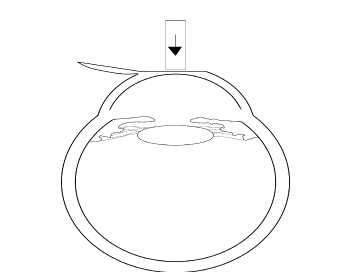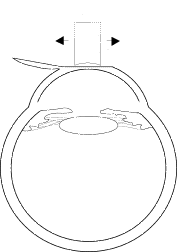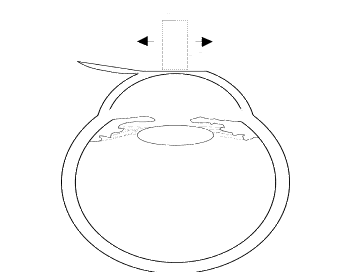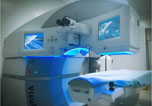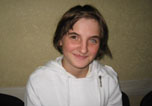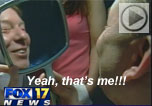- Over 55,000 LASIK and cataract procedures (including on over 4,000 doctors)
- The FIRST center in TN to offer Laser Cataract Surgery
- Introduced bladeless all-laser LASIK to the state
- Implanted the state's first FOREVER YOUNG™ Lens
- The first surgeons in the US to perform a new Intacs surgery to treat keratoconus
- Helped patients from 40 states and 55 countries
- International referral center for cataract surgery and LASIK complications
- Read Dr. Wang's book: LASIK Vision Correction
Why did you decide to have LASIK? Why did you choose Dr. Wang? How has your life changed since your LASIK procedure?
What is your advice for people considering LASIK?
Click to read more
Chapter FourRefractive Surgery with
|
| PRK | LASIK | |
| Range of correction |
Low to moderate |
Low to severe |
| Depth of penetration |
Superficial | 20% deep |
| Intraoperative pain |
Minimal | Minimal |
| Postoperative pain |
Moderate, 24-48 hours |
Minimal, 12 hours |
| Postoperative medications | 1-3 months, possibly longer |
1-2 weeks |
| Functional vision recovery | 3-5 days | 24 hours |
| Visual results fully recognized | 3 weeks to several months |
1-4 weeks |
| Return to work |
3-5 days | 1 day |
| Risk of complications | Low (less surgeon dependent) | Low (more surgeon dependent) |
| Risk of haze (scarring) in the central cornea |
1-2% | <1% |
|
As you can see in the table above, refractive vision correction performed in the interior of the cornea (LASIK) offers numerous advantages over refractive vision correction performed on the cornea's surface (PRK). This is undoubtedly the reason that LASIK has become the corrective surgery of choice for both doctors and patients. Which procedure you should have is best determined by consulting with your surgeon. Although the surgeon cannot promise 20/20 vision without correction, historically ninety-five percent of typical myopic patients achieve vision within two or three lines of 20/20 without correction. In fact, the vast majority of patients can drive without glasses the day after their LASIK surgery. With current technology and more accurate LASIK nomograms, ninety-eight percent of patients see 20/20 or better, and the majority see some of the 20/15 letters on the Snellen chart. Patients are astounded with their new ability to see more clearly. Because this book is dedicated to LASIK vision correction, nearly all of its chapters discuss the LASIK procedure and the important things you need to know concerning it. A brief explanation of the many other refractive procedures, past and present-- including PRK--can be found in Chapter Eleven. |
If you're interested in bladelessLASIK, choose experience and technology. Choose Wang Vision 3D Cataract and LASIK Center of Nashville, Tennessee. Call (615)321-8881 or email us today.
Our new texbooks
A 501c(3) charity that has helped patients from over 40 states in the US and 55 countries, with all sight restoration surgeries performed free-of-charge.







